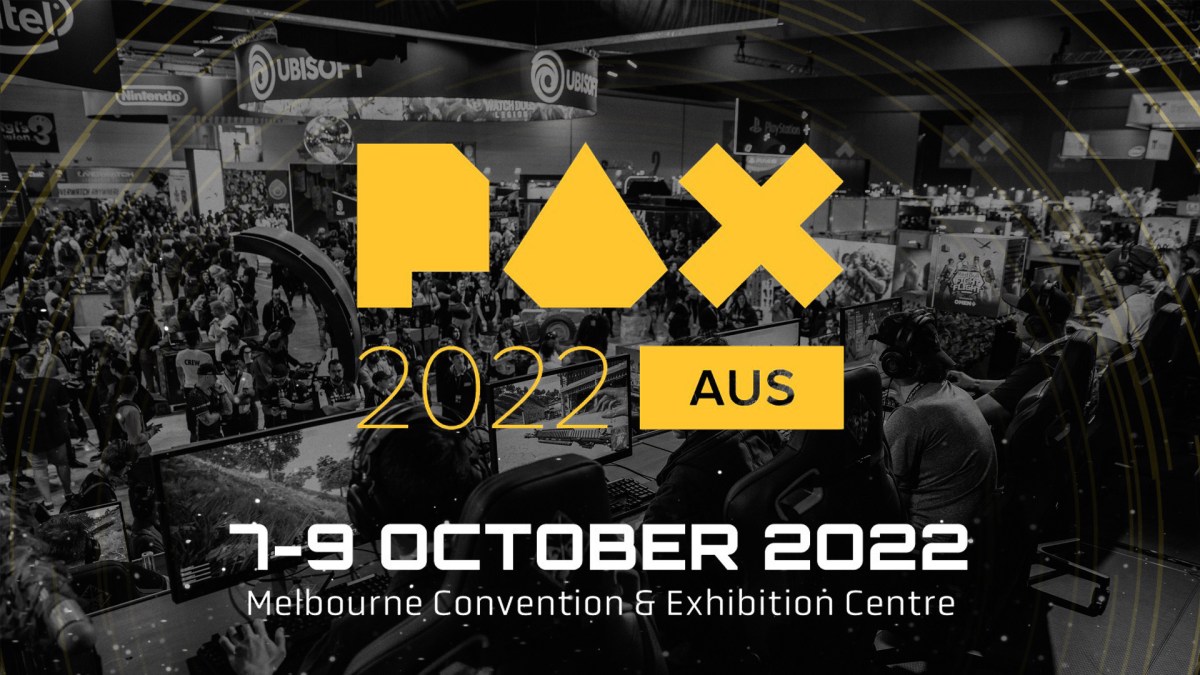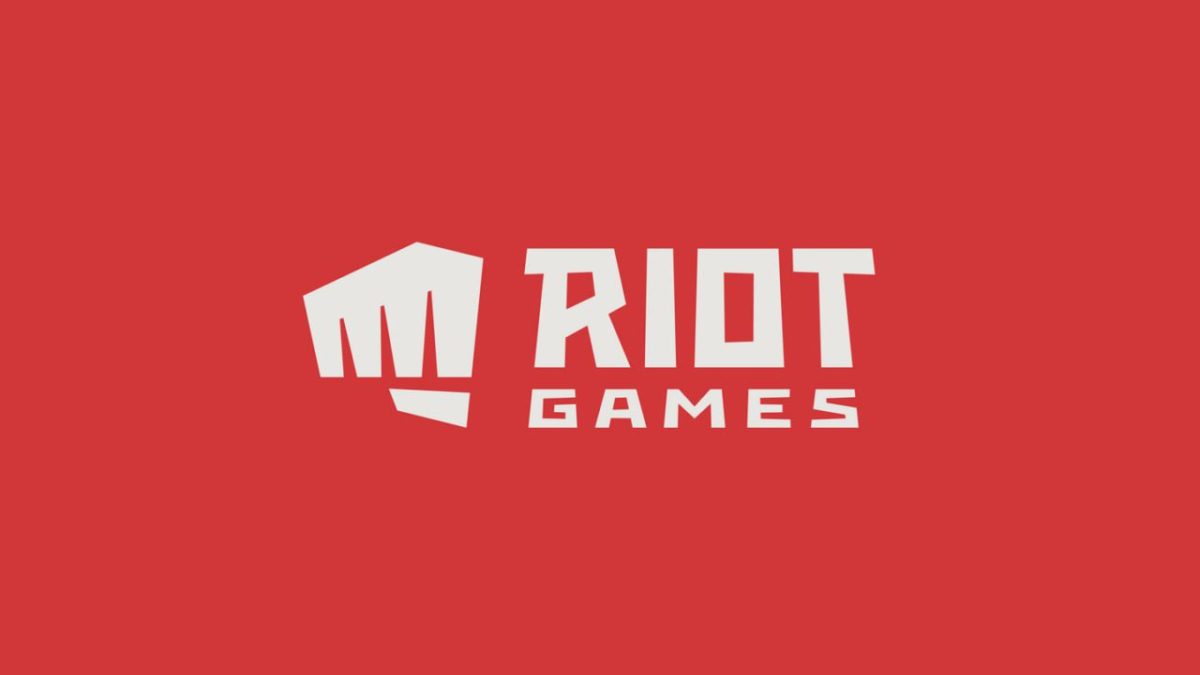In Magic: The Gathering, there are multiple categories that decks can be a part of. The basic categories, or archetypes, are aggro, control, and midrange. You’ll definitely run into these types of decks in Magic: The Gathering Arena, so let’s get into it!
Aggro
Aggro decks are decks that try to win the game in a very fast, aggressive manner. Often times these decks will focus on filling the board with many small creatures, creatures that have haste, or creature tokens to overwhelm their opponents before they have time to respond. Generally these decks also run red removal spells that deal damage to any target, so that they can be used to remove opponents’ creatures or deal direct damage to their face so they die a little faster.

In the above deck we see the following:
- 1 drop creatures that have haste (Fanatical Firebrand and Ghitu Lavarunner)
- Cards like Shock, Lighting Strike, Viashino Pyromancer, and Wizard’s Lightning that all give your deck “reach,” or an additional way to deal damage to your opponent.
- Experimental Frenzy as a way to let you play all your cheap spells rapidly off the top of your library so you can fill the board with small creatures or cast multiple burn spells in succession
Everything in the deck is there to quickly and efficiently kill your opponent before they can properly respond to what you’re doing.
Control
Control decks are slow decks that win by gaining card advantage over their opponents. Having card advantage means that you have access to more cards than your opponent, and therefore you have a better selection of spells to play. You can gain card advantage by drawing cards, by countering their spells so that you have more time to draw cards, by forcing them to discard their spells, and by getting rid of multiple of their permanents with just one of your cards (like a board wipe). Once you have gained substantial card advantage, you should be able to counter or kill any big creatures or spells they play while you draw cards, allowing you the time to find a way to end the game.
Card quality is also a factor that control decks rely on. Cards and effects that allow you to choose what other cards go into your hand (so that you can throw away cards you don’t need and find cards you do need) generate card quality. For example, if you don’t need a board wipe right now, then cards like Search for Azcanta let you put a board wipe into the graveyard so that you can maybe draw something more relevant like a counterspell.

In the above control deck we see the following:
- Ways to draw cards (Chemister’s Insight, Secrets of the Golden City)
- Ways to ensure card quality by letting you get rid of cards you don’t need (Search for Azcanta, cards with the Surveil ability)
- Ways to counter, discard, or kill creatures and/or spells (Sinister Sabotage, Syncopate, Cast Down, Thought Erasure)
- Ways to remove multiple of their permanents for one of your cards (Ritual of Soot)
- A way to end the game (Nicol Bolas)
Ultimately, playing a control deck means you’re always trying to have an answer for what your opponent might do, so that you can, eventually, win the game with a big threat that they can’t deal with effectively.
Midrange
Midrange decks sit in the middle of the pack and are arguably the most adaptable type of deck. Against aggro decks, midrange can act like a creature-oriented control deck. Against control decks, midrange can play aggressively and act like a slightly slower aggro deck. But above all, midrange decks excel in the mid-game and circulate around two themes: value and versatility.
Value is all about getting the most out of your cards. You want to play cards that have multiple relevant effects so that everything you play helps you win in more than one way. For example, Merfolk Branchwalker is both a creature you can attack or block with and it either draws you a land or shows you what you have on top of your deck. Likewise, Vraska’s Contempt is a removal spell and a way to gain life against aggro decks.
Versatility is the concept of having cards that can do more than one thing so that they’re relevant in multiple situations. For example, Vivien Reid is useful if you need to find creatures with her first ability. She’s also useful if you need her to destroy a flying creature, an enchantment, or an artifact with her second ability. In any of those situations, she can be the answer due to how versatile she is.

In the above midrange deck we see the following:
- Value cards that do multiple things for us (Merfolk Branchwalker, Jadelight Ranger, Ravenous Chupacabra, Vraska’s Contempt)
- Versatile cards that are useful in multiple situations (Vivien Reid, Vraska Golgari Queen, Find//Finality)
- Then, of course, we have removal like Cast Down for aggro decks and anti-control cards like Carnage Tyrant, because control decks can sometimes be hard for midrange to deal with
Midrange decks are all about getting as much value out of your cards as possible, while utilizing the versatility of the cards in your deck.
Conclusion
There are more archetypes than the ones I mentioned, but these are the ones you will encounter in Magic the Gathering: Arena more often than not. I hope you guys enjoyed the write-up. Feel free to ask questions in the comments if you’d like me to clarify anything! The year 2019 is looking to be a spectacular one for Arena, so I am very excited to be a part of it all! I’ll see you in the arena!















Published: Dec 17, 2018 10:18 am